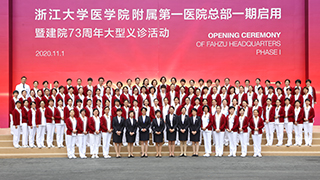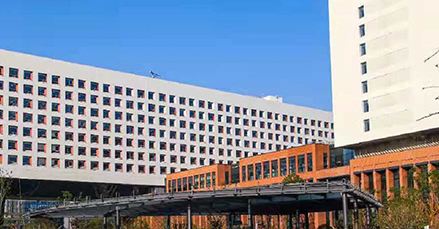个人简介
浙江大学医学院特聘副研究员,浙江省临床体外诊断技术研究重点实验室 PI
专业擅长
多组学人工智能诊断及生物信息学大数据分析
研究方向
基于机器学习和数据挖掘技术的多维组学数据分子标志物识别,重大疾病早期筛查及预后评估。
成果奖项:(近五年主要成果及奖励情况)
1. Serum level of testosterone predicts disease severity of male COVID-19 patients and is related to T-cell immune modulation by transcriptome analysis[J]. Clinica Chimica Acta, 2022
2. scDetect: a rank-based ensemble learning algorithm for cell type identification of single-cell RNA sequencing in cancer. Bioinformatics (2021).
3. TOD-CUP: a gene expression rank-based majority vote algorithm for tissue origin diagnosis of cancers of unknown primary. Briefings in Bioinformatics (2021).
4. Combining AFM13, a Bispecific CD30/CD16 Antibody, with Cytokine-Activated Blood and Cord Blood–Derived NK Cells Facilitates CAR-like Responses Against CD30+ Malignancies.” Clinical Cancer Research 27 (13), (2021): 3744-3756
5. Targeting the αv integrin-TGF-β axis improves natural killer cell function against glioblastoma stem cells. The Journal of Clinical Investigation, (2021)
6. Targeting a cytokine checkpoint enhances the fitness of armored cord blood CAR-NK cells. Blood, The Journal of the American Society of Hematology 137 (5), (2021): 624-636
7. Genome‐wide selection footprints and deleterious variations in young Asian allotetraploid rapeseed. Plant biotechnology journal 17, no. 10 (2019): 1998-2010.
8. A naive Bayes algorithm for tissue origin diagnosis (TOD-Bayes) of synchronous multifocal tumors in the hepatobiliary and pancreatic system. International journal of cancer 142, no. 2 (2018).
9. Analysis of transcriptional and epigenetic changes in hybrid vigor of allopolyploid Brassica napus uncovers key roles for small RNAs. The Plant Journal 91, no. 5 (2017).
10. Transcriptome sequencing reveals e-cigarette vapor and mainstream-smoke from tobacco cigarettes activate different gene expression profiles in human bronchial epithelial cells. Scientific reports 6, no. 1 (2016).




















